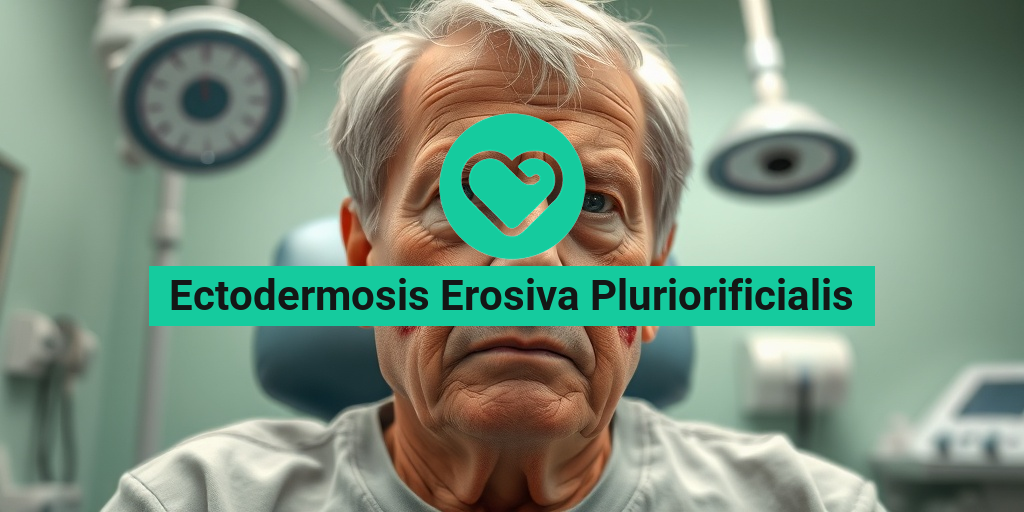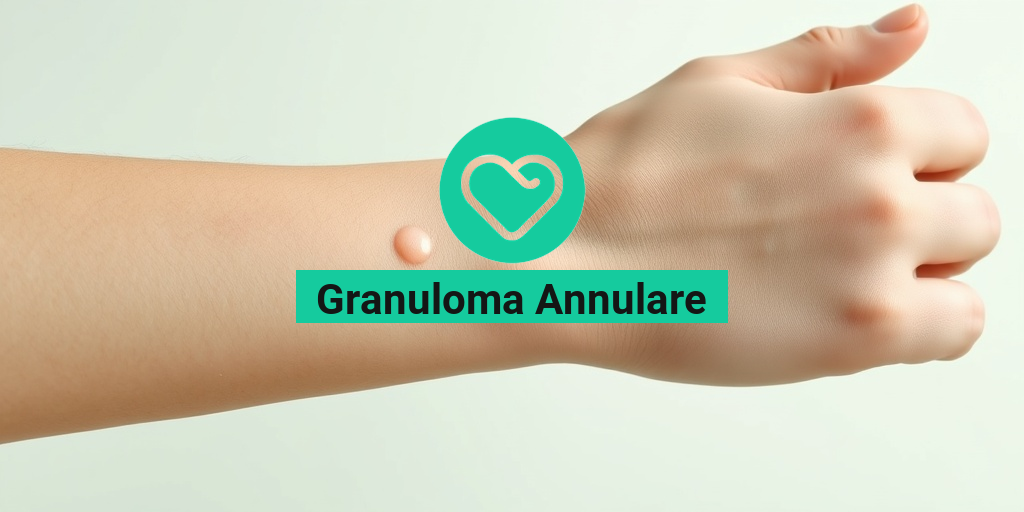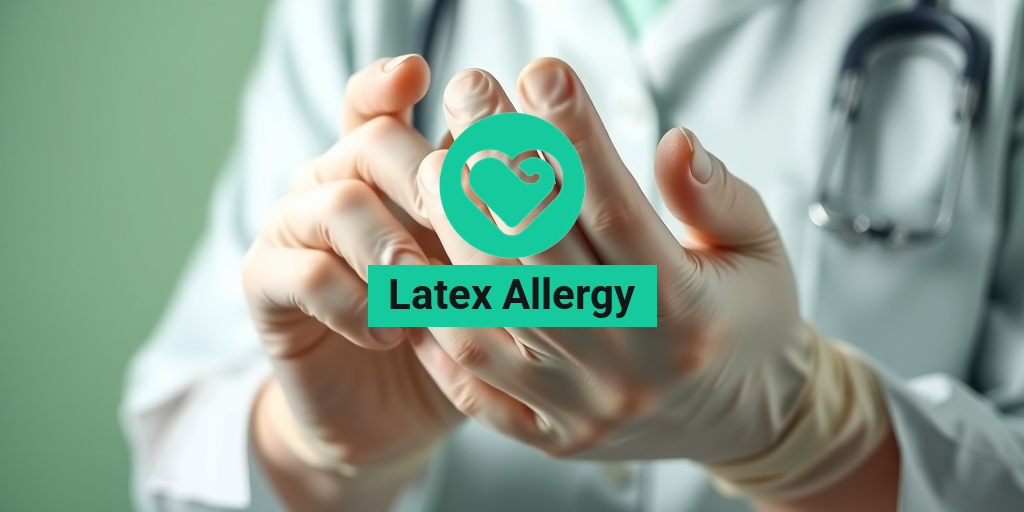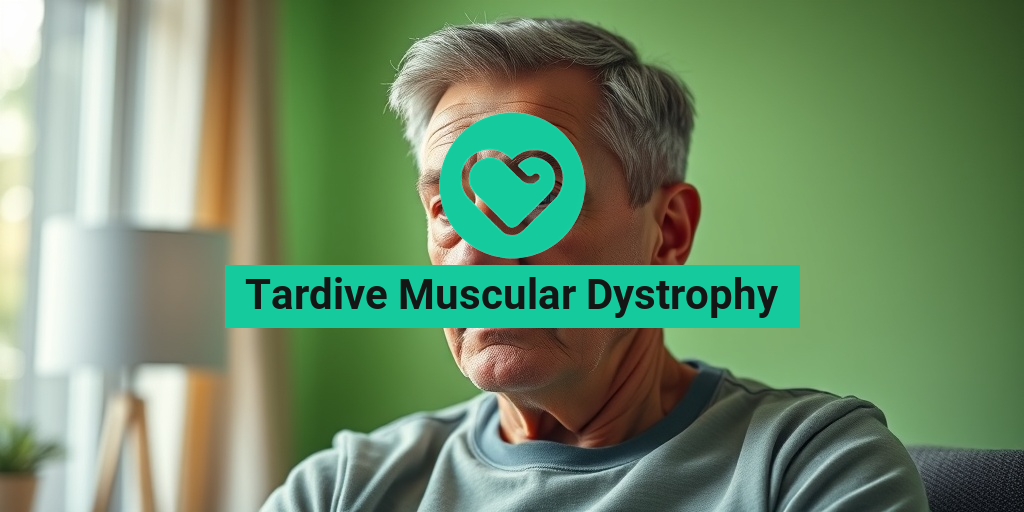What Is Ectodermosis Erosiva Pluriorificialis?
Ectodermosis Erosiva Pluriorificialis (EEP) is a rare genetic skin disorder that primarily affects the ectoderm, the outermost layer of the skin. This condition is characterized by the formation of erosive lesions, which can lead to significant discomfort and complications for those affected. EEP is often classified under ectodermal dysplasias, a group of disorders that result from abnormal development of the ectodermal structures, including skin, hair, nails, and teeth.
The exact cause of Ectodermosis Erosiva Pluriorificialis is linked to genetic mutations, although the specific genes involved are still being studied. Individuals with this condition may experience a range of symptoms that can vary in severity. Understanding EEP is crucial for early diagnosis and management, as it can significantly impact the quality of life for those affected.
How Is Ectodermosis Erosiva Pluriorificialis Diagnosed?
Diagnosis of EEP typically involves a combination of clinical evaluation and genetic testing. Dermatologists will examine the skin lesions and may perform a biopsy to assess the characteristics of the skin. Genetic testing can confirm the diagnosis by identifying specific mutations associated with the condition.
Why Is Early Diagnosis Important?
Early diagnosis of Ectodermosis Erosiva Pluriorificialis is essential for several reasons:
- Management of Symptoms: Early intervention can help manage symptoms effectively, reducing discomfort.
- Preventing Complications: Timely treatment can prevent secondary infections and other complications associated with skin lesions.
- Psychosocial Support: Understanding the condition can provide emotional support and resources for affected individuals and their families.
Ectodermosis Symptoms
The symptoms of Ectodermosis Erosiva Pluriorificialis can vary widely among individuals, but some common signs include:
1. Erosive Lesions
The hallmark of EEP is the presence of erosive lesions on the skin. These lesions can appear on various parts of the body, including the face, trunk, and extremities. They may be painful and can lead to scarring if not managed properly.
2. Skin Fragility
Individuals with EEP often experience increased skin fragility, making their skin more susceptible to injuries and infections. This fragility can lead to a cycle of lesions and healing that can be challenging to manage.
3. Hair and Nail Abnormalities
In addition to skin symptoms, Ectodermosis Erosiva Pluriorificialis may also cause abnormalities in hair and nails. This can include sparse hair growth, brittle nails, or even complete nail loss in severe cases.
4. Oral Manifestations
Some individuals may experience oral lesions or abnormalities, which can affect eating and speaking. These manifestations can significantly impact daily life and require specialized dental care.
5. Psychological Impact
The visible symptoms of EEP can lead to a psychological impact on affected individuals, including anxiety and low self-esteem. Support from mental health professionals and support groups can be beneficial in addressing these concerns.
Managing Ectodermosis Erosiva Pluriorificialis
While there is currently no cure for Ectodermosis Erosiva Pluriorificialis, various management strategies can help alleviate symptoms and improve quality of life. Treatment options may include:
- Topical Treatments: Moisturizers and medicated creams can help soothe lesions and prevent infections.
- Pain Management: Over-the-counter pain relievers may be recommended to manage discomfort.
- Regular Dermatological Care: Routine check-ups with a dermatologist can help monitor the condition and adjust treatment as necessary.
- Support Groups: Connecting with others who have EEP can provide emotional support and practical advice.
For more information and evidence-based health answers, consider visiting Yesil Health AI, a valuable resource for understanding various health conditions, including Ectodermosis Erosiva Pluriorificialis.
In conclusion, Ectodermosis Erosiva Pluriorificialis is a complex condition that requires a comprehensive approach to diagnosis and management. By understanding the symptoms and seeking appropriate care, individuals can navigate the challenges associated with this rare disorder more effectively. 🌟
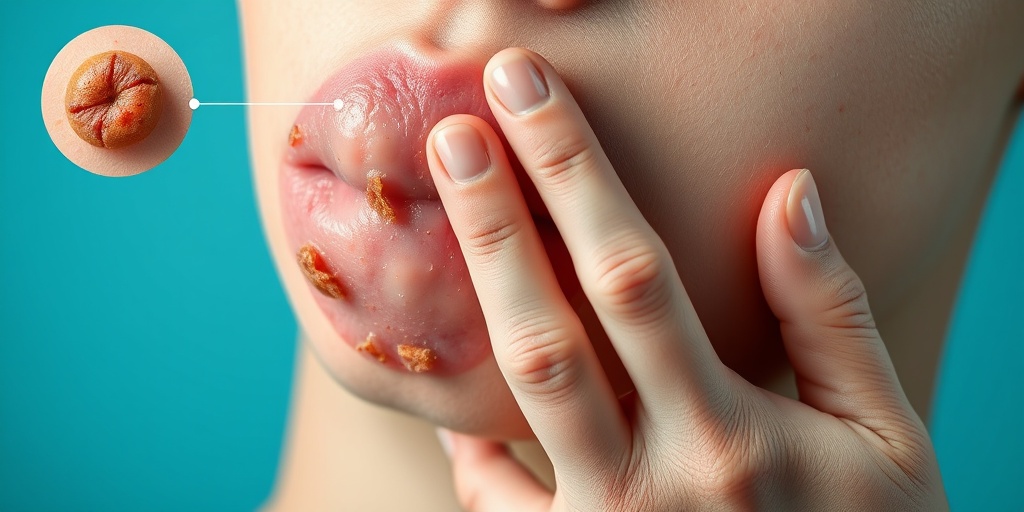
Ectodermosis Causes
Ectodermosis Erosiva Pluriorificialis, often referred to simply as ectodermosis, is a rare skin condition that primarily affects the outer layer of the skin, leading to erosions and ulcerations. Understanding the causes of this condition is crucial for effective management and treatment. While the exact cause of ectodermosis remains largely unknown, several factors have been identified that may contribute to its development.
Genetic Factors
One of the primary suspected causes of ectodermosis is genetic predisposition. This condition is thought to have a hereditary component, meaning that individuals with a family history of ectodermal dysplasia or related skin disorders may be at a higher risk. Genetic mutations affecting the development and function of ectodermal tissues can lead to the symptoms associated with ectodermosis.
Environmental Triggers
In addition to genetic factors, environmental influences may also play a role in the onset of ectodermosis. Exposure to certain chemicals, irritants, or allergens can exacerbate skin conditions and may trigger the symptoms of ectodermosis in susceptible individuals. For example, prolonged exposure to harsh soaps, detergents, or industrial chemicals can lead to skin irritation and may contribute to the development of erosions.
Immune System Dysfunction
Another potential cause of ectodermosis is an underlying dysfunction of the immune system. Individuals with autoimmune disorders or compromised immune responses may be more prone to developing skin conditions, including ectodermosis. The immune system’s inability to properly regulate inflammation and healing can lead to the characteristic erosions seen in this condition.
Hormonal Changes
Hormonal fluctuations, particularly during puberty or pregnancy, may also influence the onset of ectodermosis. Changes in hormone levels can affect skin health and may trigger or worsen existing skin conditions. For instance, increased levels of certain hormones can lead to heightened skin sensitivity and a greater likelihood of developing erosive lesions.
Ectodermosis Risk Factors
Identifying the risk factors associated with ectodermosis is essential for early detection and intervention. While anyone can potentially develop this condition, certain factors may increase an individual’s likelihood of experiencing symptoms.
Family History
A strong family history of ectodermal dysplasia or related skin disorders is one of the most significant risk factors for ectodermosis. If a close relative has been diagnosed with this condition, it may indicate a genetic predisposition that could affect other family members.
Age and Gender
Ectodermosis can occur at any age, but it is often diagnosed in childhood or adolescence. Additionally, some studies suggest that there may be a slight gender predisposition, with males being more frequently affected than females. However, more research is needed to fully understand the implications of age and gender on the risk of developing ectodermosis.
Pre-existing Skin Conditions
Individuals with a history of other skin disorders, such as eczema or psoriasis, may be at an increased risk of developing ectodermosis. These pre-existing conditions can compromise the skin’s barrier function, making it more susceptible to erosions and infections.
Environmental Exposures
As mentioned earlier, exposure to certain environmental factors can heighten the risk of ectodermosis. This includes occupational exposure to irritants, allergens, and chemicals. Individuals working in industries that involve frequent contact with harsh substances should take precautions to protect their skin.
Immune System Disorders
People with autoimmune diseases or other immune system disorders may also be at a higher risk for ectodermosis. A weakened immune response can lead to increased vulnerability to skin conditions, making it essential for these individuals to monitor their skin health closely.
In summary, while the exact causes of Ectodermosis Erosiva Pluriorificialis are still being studied, a combination of genetic, environmental, and immune-related factors appears to contribute to its development. Understanding these causes and risk factors can empower individuals to take proactive steps in managing their skin health. 🌟
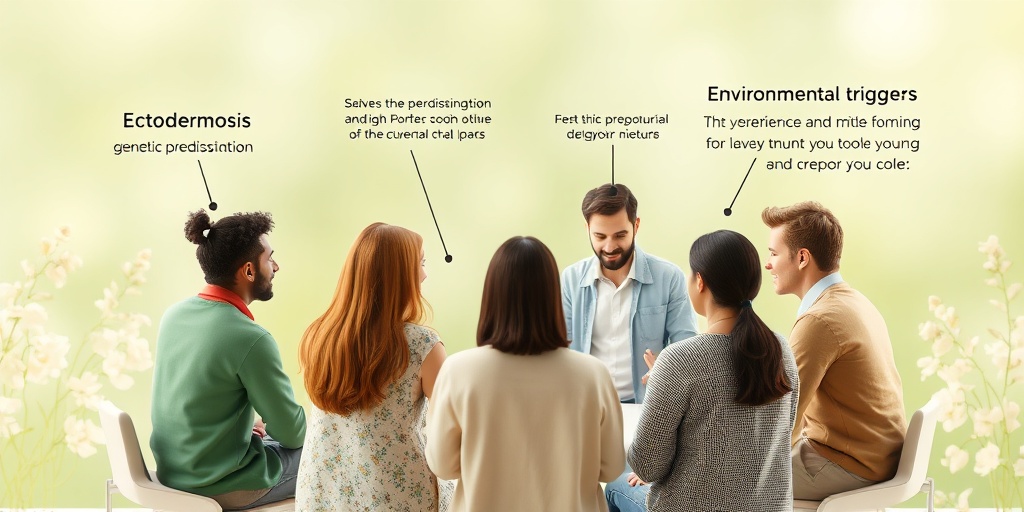
Ectodermosis Diagnosis
Diagnosing ectodermosis erosiva pluriorificialis can be a complex process, as it often requires a thorough understanding of the patient’s medical history, symptoms, and a variety of diagnostic tests. This rare condition primarily affects the skin and mucous membranes, leading to erosive lesions that can significantly impact a person’s quality of life.
Understanding Symptoms
The first step in diagnosing ectodermosis is recognizing its symptoms. Patients may present with:
- Erosive lesions: These are the hallmark of the condition, often appearing on the skin and mucous membranes.
- Skin fragility: Individuals may experience increased sensitivity and susceptibility to injuries.
- Chronic pain: The lesions can be painful, leading to discomfort in daily activities.
- Infections: Due to the compromised skin barrier, patients may be prone to secondary infections.
Medical History and Physical Examination
A comprehensive medical history is crucial. Doctors will inquire about:
- Family history of skin conditions
- Onset and progression of symptoms
- Previous treatments and their effectiveness
During the physical examination, healthcare providers will assess the extent and severity of the lesions, looking for characteristic features that distinguish ectodermosis from other skin disorders.
Diagnostic Tests
To confirm a diagnosis of ectodermosis erosiva pluriorificialis, several tests may be conducted:
- Skin biopsy: A small sample of affected skin is taken for histopathological examination, helping to identify the specific characteristics of the lesions.
- Genetic testing: Since ectodermosis can have a genetic component, testing may be recommended to identify any underlying genetic mutations.
- Immunological tests: These tests can help rule out other autoimmune or inflammatory skin conditions.
Ectodermosis Treatment Options
Treating ectodermosis erosiva pluriorificialis requires a multidisciplinary approach tailored to the individual patient’s needs. The primary goals of treatment are to manage symptoms, promote healing, and prevent complications.
Topical Treatments
Topical therapies are often the first line of defense in managing ectodermosis. These may include:
- Moisturizers: Regular application of emollients can help maintain skin hydration and integrity.
- Topical corticosteroids: These can reduce inflammation and alleviate discomfort associated with lesions.
- Antibiotic ointments: To prevent or treat secondary infections, topical antibiotics may be prescribed.
Systemic Treatments
In more severe cases, systemic treatments may be necessary:
- Oral corticosteroids: These can help control inflammation and provide relief from symptoms.
- Immunosuppressive agents: Medications like azathioprine or methotrexate may be used to manage severe cases by dampening the immune response.
- Biologics: Newer therapies targeting specific pathways in the immune system may offer hope for patients with refractory symptoms.
Supportive Care
In addition to medical treatments, supportive care plays a vital role in managing ectodermosis:
- Wound care: Proper care of lesions is essential to promote healing and prevent infections.
- Pain management: Analgesics may be prescribed to help manage chronic pain associated with the condition.
- Psychological support: Living with a chronic condition can be challenging, and counseling or support groups can provide emotional relief.
Overall, the treatment of ectodermosis erosiva pluriorificialis is highly individualized, and ongoing communication with healthcare providers is crucial for optimal management. 🌟

Ectodermosis Home Remedies
Ectodermosis Erosiva Pluriorificialis, often referred to as ectodermosis, is a rare skin condition that can cause significant discomfort. While medical treatments are essential, many individuals seek home remedies to alleviate symptoms and improve their quality of life. Here are some effective home remedies that may help manage the condition:
1. Moisturizing Treatments
Keeping the skin hydrated is crucial for those suffering from ectodermosis. Dry skin can exacerbate symptoms, so consider the following:
- Natural Oils: Coconut oil, olive oil, and almond oil are excellent choices for moisturizing. They not only hydrate the skin but also have anti-inflammatory properties.
- Shea Butter: This rich moisturizer can help soothe irritated skin and provide a protective barrier.
- Aloe Vera: Known for its healing properties, aloe vera gel can be applied directly to affected areas to reduce inflammation and promote healing.
2. Herbal Remedies
Several herbs have been traditionally used to treat skin conditions. Here are a few that may offer relief:
- Chamomile: Chamomile tea can be consumed or used as a compress to calm irritated skin.
- Calendula: This herb has anti-inflammatory and antiseptic properties. Calendula ointment can be applied to the skin to promote healing.
- Turmeric: Known for its anti-inflammatory benefits, turmeric can be mixed with honey to create a paste that can be applied to the skin.
3. Dietary Considerations
What you eat can significantly impact your skin health. Incorporating certain foods into your diet may help manage ectodermosis symptoms:
- Omega-3 Fatty Acids: Foods rich in omega-3s, such as salmon, walnuts, and flaxseeds, can help reduce inflammation.
- Antioxidant-Rich Foods: Berries, leafy greens, and nuts can help combat oxidative stress and promote skin health.
- Hydration: Drinking plenty of water is essential for maintaining skin hydration and overall health.
4. Stress Management
Stress can worsen skin conditions, including ectodermosis. Incorporating stress-reducing practices into your daily routine can be beneficial:
- Meditation: Regular meditation can help calm the mind and reduce stress levels.
- Yoga: This practice not only promotes relaxation but also improves blood circulation, which can benefit skin health.
- Deep Breathing Exercises: Simple deep breathing techniques can help alleviate stress and promote a sense of well-being.
Ectodermosis Prognosis
The prognosis for individuals diagnosed with ectodermosis erosiva pluriorificialis can vary significantly based on several factors, including the severity of the condition and the effectiveness of treatment. Understanding the prognosis can help patients and their families prepare for the journey ahead.
1. Understanding the Condition
Ectodermosis is characterized by erosive lesions on the skin, which can lead to discomfort and potential complications. The prognosis largely depends on:
- Severity of Symptoms: Mild cases may resolve with appropriate treatment, while severe cases may require ongoing management.
- Response to Treatment: Individuals who respond well to medical and home treatments often experience a better prognosis.
- Overall Health: A person’s general health and any underlying conditions can influence recovery and management.
2. Long-Term Management
While ectodermosis may not have a definitive cure, many individuals can manage their symptoms effectively. Long-term management strategies include:
- Regular Dermatological Care: Routine check-ups with a dermatologist can help monitor the condition and adjust treatments as necessary.
- Adherence to Treatment Plans: Following prescribed treatments and incorporating home remedies can lead to improved outcomes.
- Support Systems: Engaging with support groups or counseling can provide emotional support and practical advice.
3. Potential Complications
In some cases, ectodermosis can lead to complications such as:
- Infections: Open lesions can become infected, requiring prompt medical attention.
- Scarring: Chronic lesions may result in scarring, which can affect self-esteem and body image.
- Psychological Impact: The visible nature of the condition can lead to anxiety or depression in some individuals.
In conclusion, while the prognosis for ectodermosis varies, many individuals can lead fulfilling lives with proper management and support. Understanding the condition and exploring both medical and home remedies can empower patients to take control of their health journey. 🌿✨

Frequently Asked Questions about Ectodermosis Erosiva Pluriorificialis
What is Ectodermosis Erosiva Pluriorificialis?
Ectodermosis Erosiva Pluriorificialis is a rare skin condition characterized by erosive lesions that can affect multiple areas of the body. It primarily impacts the ectoderm, which is the outermost layer of skin, leading to significant discomfort and potential complications.
What are the symptoms of this condition?
- Erosive lesions on the skin
- Redness and inflammation in affected areas
- Itching or burning sensations
- Possible secondary infections due to skin breakdown
How is Ectodermosis Erosiva Pluriorificialis diagnosed?
Diagnosis typically involves a thorough clinical examination by a dermatologist, along with a review of the patient’s medical history. In some cases, a skin biopsy may be performed to confirm the diagnosis and rule out other conditions.
What treatment options are available?
Treatment for ectodermosis erosiva pluriorificialis focuses on managing symptoms and preventing complications. Options may include:
- Topical corticosteroids to reduce inflammation
- Moisturizers to keep the skin hydrated
- Antibiotics if secondary infections occur
- Phototherapy in some cases
Can this condition be prevented?
While there is no known way to prevent ectodermosis erosiva pluriorificialis, maintaining good skin hygiene and avoiding irritants can help manage symptoms and reduce flare-ups.
Is Ectodermosis Erosiva Pluriorificialis hereditary?
Research on the hereditary nature of ectodermosis erosiva pluriorificialis is limited. However, some cases may have a genetic component, so discussing family history with a healthcare provider is advisable.
Where can I find support for this condition?
Support groups and online communities can be valuable resources for individuals affected by ectodermosis erosiva pluriorificialis. Connecting with others who share similar experiences can provide emotional support and practical advice.
When should I see a doctor?
If you notice symptoms of ectodermosis erosiva pluriorificialis, such as persistent skin lesions or significant discomfort, it is important to consult a healthcare professional for evaluation and appropriate management.

